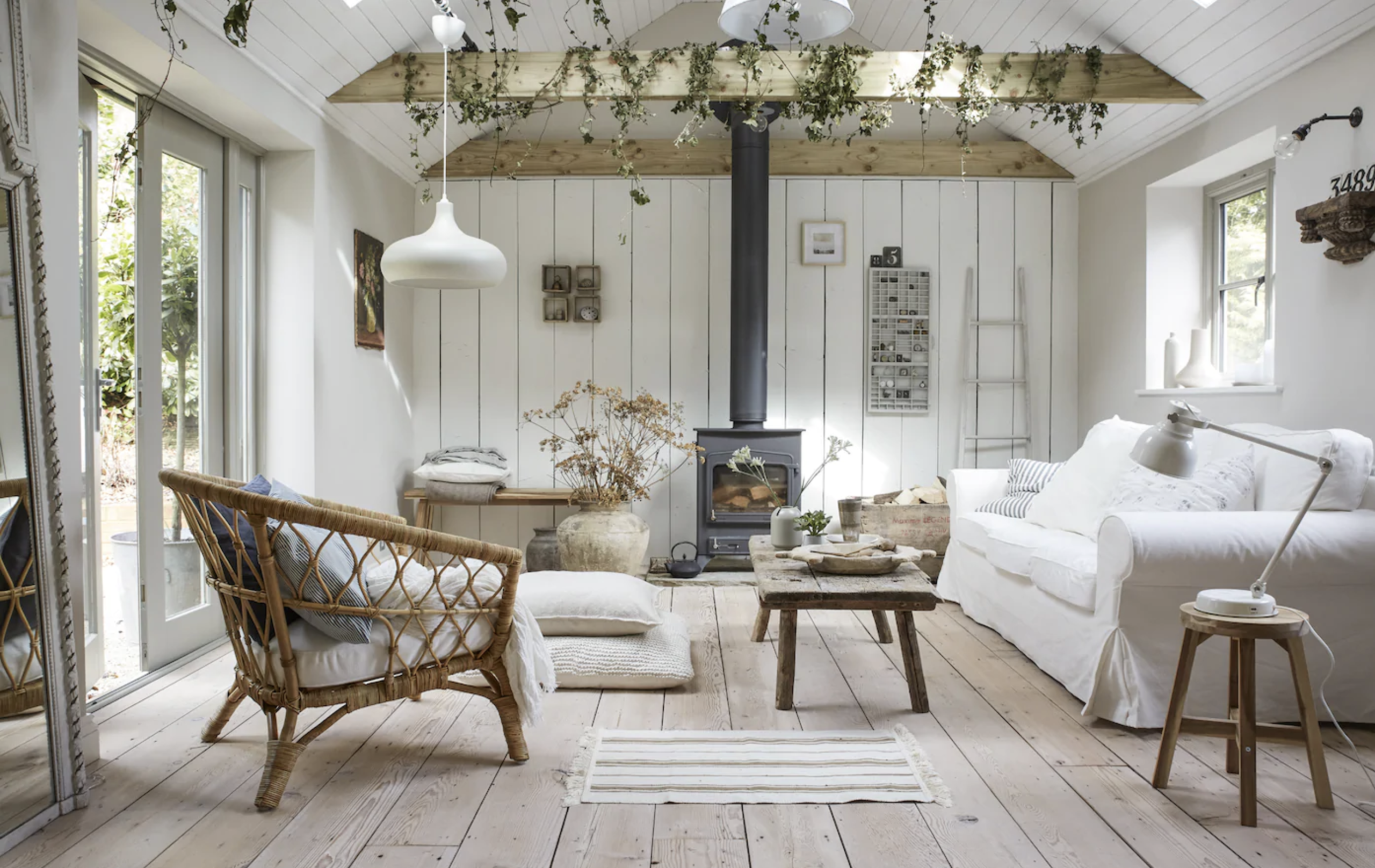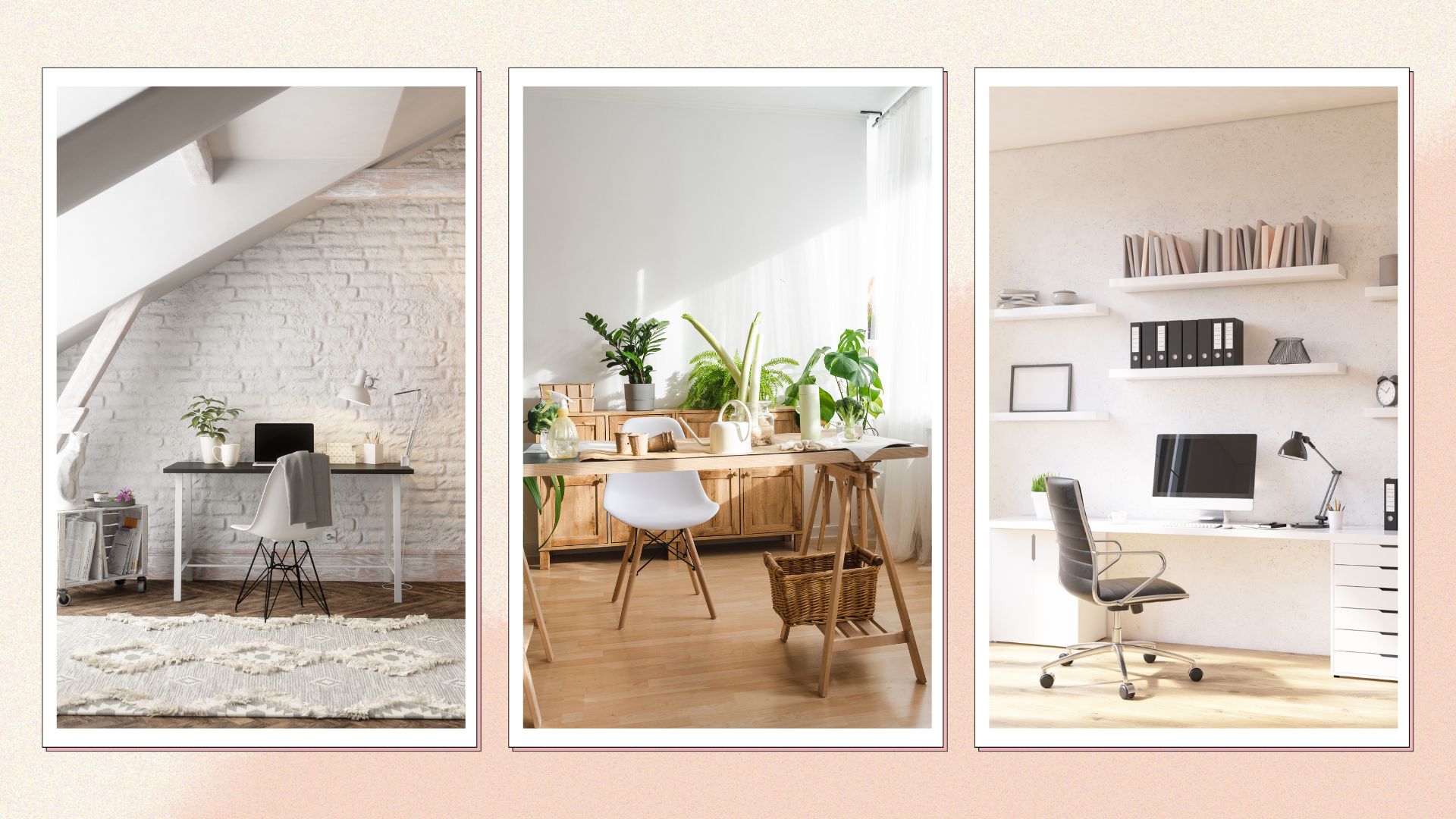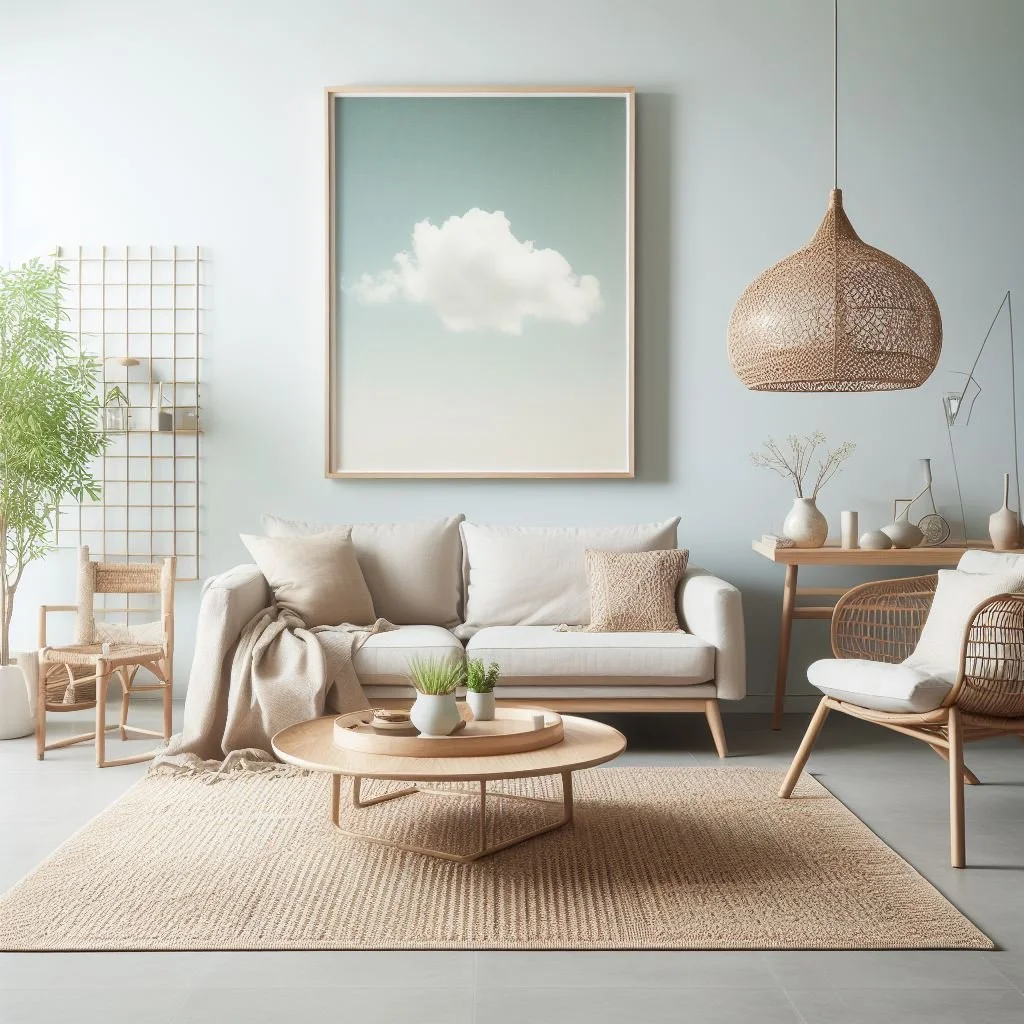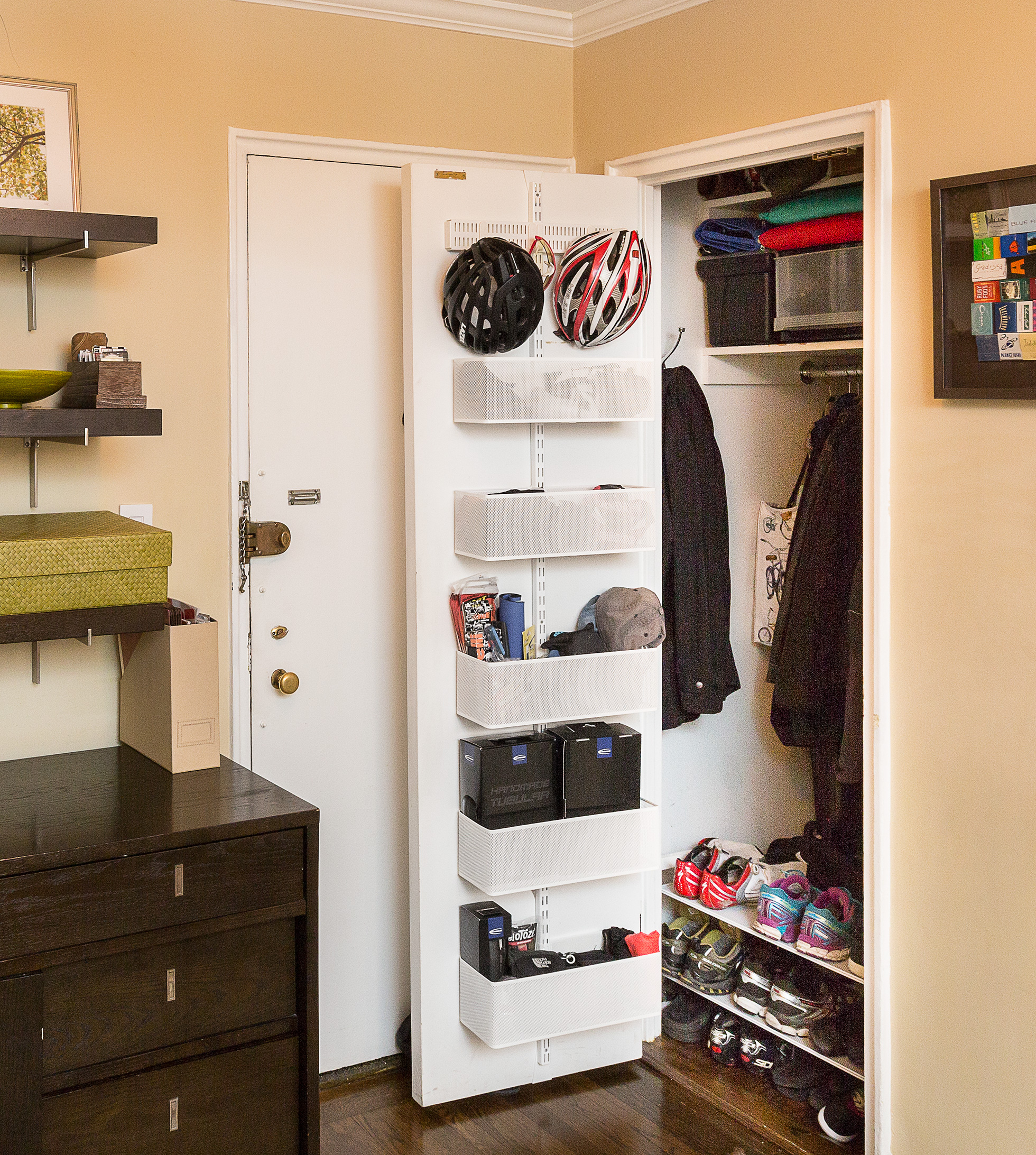The Importance of Lighting in Minimalist Design: Creating Cozy and Organized Spaces

Transforming Space with Light
Light can dramatically shape our environments in ways that go beyond mere visibility. In the realm of minimalist design, lighting serves not just a functional purpose, such as illuminating a space, but also plays a crucial role in creating an emotional connection to our surroundings. The strategic use of lighting can evoke different moods and enhance the overall aesthetic of a room, making it essential in crafting spaces that are both functional and inviting.
Consider these key aspects of lighting in minimalist design:
- Natural Light: One of the most effective ways to enhance a space is by maximizing natural light. Large windows, skylights, or glass doors can flood a room with daylight, creating a sense of openness and tranquility. For example, a living room with floor-to-ceiling windows not only allows for clear views of the outdoors but also blurs the boundaries between the indoor and outdoor environments. This connection with nature can significantly improve mood and well-being.
- Layered Lighting: A well-designed minimalist environment often incorporates layered lighting, which includes ambient, task, and accent lighting. Ambient lighting provides the general illumination needed for everyday activities, while task lighting focuses on specific areas such as a reading nook or a kitchen countertop. Accent lighting draws attention to artwork or architectural features, adding visual interest. This combination enhances the depth of a room, making it feel more dynamic and inviting.
- Color Temperature: The color temperature of light can influence the ambiance of a space. Warm light, typically rated around 2700K to 3000K, creates a cozy atmosphere ideal for relaxation, while cooler light, at 4000K and above, promotes focus and productivity. Consider how you can utilize warm lighting in bedrooms and living areas, and cooler tones in home offices to align with the intended purpose of the space.
In minimalist spaces, each light source carries significance, emphasizing the idea that less can indeed be more. The goal is to utilize lighting thoughtfully to achieve a harmonious balance between functionality and tranquility. With the right approach, even the simplest design can evoke a sense of comfort and clarity, allowing residents to feel more at ease in their surroundings.
As we further explore the relationship between lighting and minimalism, it becomes clear that the impact of light on our daily lives is profound and nuanced. Illuminate your understanding of how lighting can transform your living spaces into organized sanctuaries that foster well-being and mindfulness. Join us on this enlightening journey to discover the art of crafting inviting environments through the power of light.
DIVE DEEPER: Click here to discover the benefits of a digital detox

The Transformative Power of Light in Design
Minimalist design embraces the saying “less is more,” and when light enters this equation, it elevates simplicity into a profound experience. The artful placement of light can dramatically alter our perception of space, creating a harmonious environment that feels both calm and inviting. In a well-designed minimalist interior, lighting becomes a key player, shaping not only how we view our surroundings but how we feel within them. Here are several vital components to consider when incorporating lighting into a minimalist aesthetic:
- Focal Points: In a minimalist setting, the true beauty lies in the simplicity and clarity of design. Lighting serves as a guide, drawing attention to specific areas or objects within the space. For example, placing a sleek pendant light above a dining table can create an inviting spot for meals and gatherings, while a recessed spotlight can illuminate a striking piece of artwork on the wall, allowing it to become a focal point without overwhelming the room. This method not only draws the eye but asserts the narrative of peace and spaciousness that defines minimalist environments.
- Shadow Play: The dynamic relationship between light and shadow adds depth to any interior. Shadows can bring life to flat surfaces and accentuate textures found in walls, flooring, or furniture. For instance, a strategically positioned floor lamp can cast gentle shadows that highlight the grain of wooden floors, making the space feel more inviting and dynamic. This interplay of light and shadow contributes to a sense of warmth, elevating the atmosphere and encouraging inhabitants to relax and engage with their environment.
- Flexibility: In modern living, adaptability is essential. Incorporating adjustable lighting options, such as dimmers or movable fixtures, allows users to tailor their space to suit different activities and moods. Whether enjoying a quiet night in or hosting a lively dinner with friends, customizable lighting enables the ambiance to shift seamlessly. For example, recessed LED lights with adjustable brightness can transform a cozy living room into an energetic gathering space, showcasing the importance of flexibility in minimalist design.
- Eco-Conscious Choices: Sustainability has become an integral aspect of design philosophy today. Opting for energy-efficient LED lighting not only minimizes energy consumption but also beautifully complements the clean lines of minimalist interiors. Recent studies show that LED lights consume up to 75% less energy than traditional incandescent bulbs and can last up to 25 times longer, making them a smart choice for eco-conscious homeowners. This aligns perfectly with the minimalist ethos of efficiency and mindfulness, fostering an environment that respects both aesthetics and the planet.
In addition to these elements, the choice of materials for light fixtures plays a critical role in enhancing minimalism’s appeal. Fixtures crafted from materials like metal, glass, or natural fibers resonate well with minimalist principles, as they offer a refined, understated elegance. Selecting lighting that harmonizes with other design elements fosters a cohesive look that feels modern yet timeless, essential in minimalist spaces.
As we explore the intricate relationship between light and minimalist design, it becomes increasingly evident that lighting transcends mere illumination; it is a powerful tool used to shape perceptions and create meaningful experiences. By harnessing the potential of thoughtful lighting, designers and homeowners alike can forge environments that inspire tranquility and clarity, with every square foot deliberately serving a purpose.
| Lighting Type | Impact on Minimalist Design |
|---|---|
| Natural Lighting | Maximizes open space and enhances simplicity by connecting indoor and outdoor, creating a serene environment. |
| Artificial Lighting | Highlights key design features and creates ambient warmth, making minimalist spaces feel inviting and organized. |
In a minimalist design, lighting serves not only a practical purpose but also greatly influences the ambiance and aesthetic appeal of a space. The use of natural lighting is paramount; it fosters an open and airy feeling, essential for minimalist interiors. By bringing the outdoors in, natural light facilitates an effortless flow that enhances the simplicity of design. Maximizing window space and choosing unobtrusive blinds can allow sunlight to warm up the space, providing an environmentally friendly illumination option. On the other hand, artificial lighting plays a critical role as well. It can be strategically utilized to accentuate features within a room, guiding the eye toward art pieces or architectural elements that otherwise might go unnoticed. Soft, diffused light creates an inviting atmosphere, perfect for cozy settings. Moreover, selecting fixtures that blend seamlessly with the minimalist aesthetic ensures the focus remains on the curated elements within the space. Adjusting color temperatures can significantly affect mood and functionality, making it essential to understand various lighting options available today. As designers increasingly recognize the indispensable value of effective lighting in creating harmonious living spaces, the exploration of its applications continues to evolve. The impact of lighting extends beyond mere visibility; it transforms spaces into layered environments that resonate warmth and organization within the minimalist ethos.
DIVE DEEPER: Click here to find out more
Enhancing Mood and Functionality Through Lighting
Lighting does more than just illuminate; it plays a pivotal role in shaping the mood and functionality of minimalist spaces. By understanding how different types of lighting can impact the ambiance, homeowners can create areas that not only look stunning but also provide a sense of comfort and purpose. Let’s delve into some key aspects of how lighting contributes to mood enhancement and functionality within minimalist design:
- Layering Light: One of the most effective techniques in lighting design is layering, which involves combining different sources of light, such as ambient, task, and accent lighting. In a minimalist setting, using various lighting layers allows for flexibility and depth. For example, recessed lighting can provide ambient light, while strategically placed floor lamps can serve as task lighting for reading or working. Accent lights, like LED strips under shelves, can highlight architectural features or decorative items. This approach not only keeps spaces bright and inviting but also allows for personalized control over the atmosphere, making the environment feel more dynamic and adaptable.
- Natural Light: Minimalist design values simplicity and a connection to nature. Large windows, open spaces, and light-colored walls are often incorporated to maximize natural light, which significantly influences mood and well-being. Exposure to natural light has been linked to improved mental health, increased productivity, and better sleep quality. Homeowners should prioritize window treatments that allow maximum light flow while still offering some privacy. Options like sheer curtains or translucent shades align perfectly with minimalist aesthetics and help merge the indoors with the outdoors, creating a cohesive and serene living space.
- Color Temperature: The color temperature of light can dramatically affect the perception of a space. Warmer light, with a temperature range of 2700K to 3000K, creates a cozy and inviting atmosphere, making it suitable for living areas and bedrooms. In contrast, cooler light, ranging from 4000K to 5000K, often resembles daylight and encourages productivity, making it ideal for home offices or kitchen spaces. Choosing the right color temperature aligns with the functional purpose of each area, ensuring that the minimalist design resonates with both aesthetics and practicality.
- Smart Lighting Solutions: The rise of smart home technology has revolutionized how we interact with lighting in our spaces. Smart bulbs and lighting systems allow for remote control, scheduling, and even automated changes to light settings based on moods or activities. For instance, a morning setting might feature bright, energizing light for productivity, while softer tones in the evening can facilitate relaxation. Integrating smart lighting not only enhances convenience but also aligns with the minimalist ethos of efficiency and intentionality, enabling dynamic responses to daily life.
As one explores the nexus of lighting and minimalist design, there emerges a profound understanding that how we illuminate our spaces directly influences our experiences within them. Every light fixture and every source of light becomes an integral part of the narrative, shaping how we perceive, engage with, and feel about the environment we inhabit. The well-thought-out application of lighting goes beyond aesthetics; it fosters a sense of harmony and balance, making minimalist design not just about the absence of clutter, but about creating meaningful and delightful living spaces.
DISCOVER MORE: Click here to unlock decluttering secrets
Conclusion: The Transformative Power of Lighting in Minimalist Design
In the realm of minimalist design, lighting emerges as a fundamental element that transcends mere illumination, serving as a catalyst for creating cozy and organized spaces. As we’ve explored, the strategic use of lighting not only enhances the aesthetic appeal but also significantly influences the emotional well-being of occupants. By incorporating techniques such as layered lighting, harnessing the benefits of natural light, and selecting appropriate color temperatures, homeowners can effortlessly transform their environments into peaceful retreats.
The introduction of smart lighting solutions further revolutionizes how we interact with our spaces, allowing us to tailor our home’s atmosphere to align with our daily activities and moods. This evolving landscape of lighting technology empowers individuals to create intentional environments that resonate with their personal values and lifestyles. Importantly, it emphasizes that minimalist design is more than just a trend; it embodies a lifestyle choice aimed at reducing distractions and embracing simplicity.
In conclusion, the role of lighting in minimalist design cannot be overstated. Thoughtful lighting choices contribute to the creation of organized, functional, and inviting spaces, ultimately enriching our daily lives. As we continue to navigate the intricacies of home design, let us recognize the profound impact that well-designed lighting can have in shaping our experiences, fostering serenity, and enhancing our overall quality of life. By prioritizing lighting, we unlock the true potential of our minimalist spaces, resulting in homes that are not only beautiful but also nurturing.


